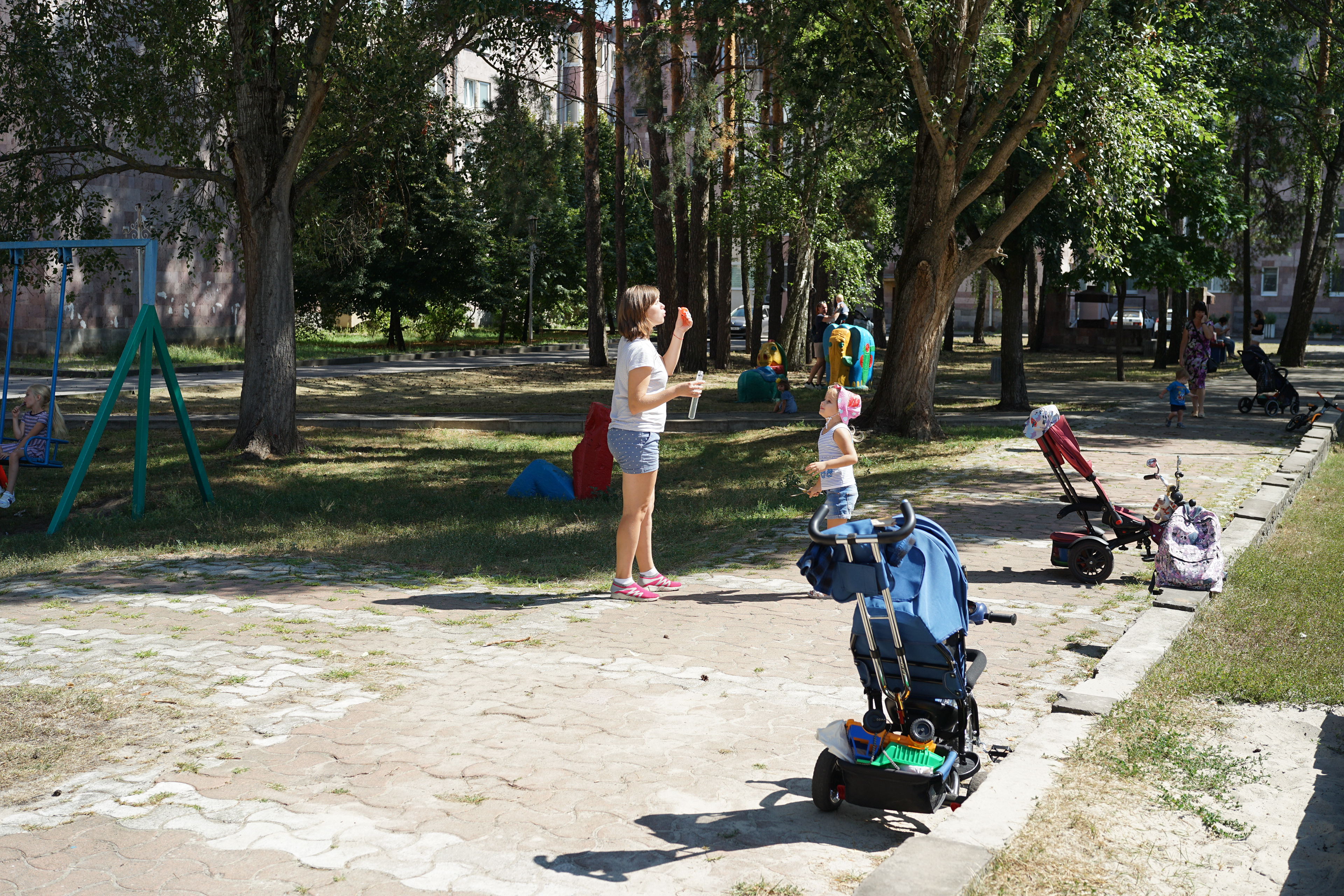As architects we tend to think everything is related to architecture. Every issue and every solution, every problem at it’s base is architectural and can thus be solved with the means of architecture. And truly, architecture can make life more dignified, more beautiful, more effortless. But to what extent can problems be solved with the means of architecture?
What if, while solving problems, we unconsciously create others?
The Limits of Architectureis a diagnosis of the state the people living in Slavutych see their home town in. It is a documentation and an effort to thoroughly understand of what it is that was created in the middle of this forest more than thirty years ago. Which architectural solutions were more succesful, which less. And, to what extent, that matters overall.
Architecture is the physical framework within which we work and live our lives. Parallel to it runs the unplanned framework of nature, which we keep inhabiting more and more. Slavutych was built in the middle of the forest as a reflection of humanistic values, and is a rare 20th century city not based on vehicular traffic. It is an impressive town ahead of its time, being planned for pedestrian/bike traffic and with such a diversity between the districts. Yet it feels there are limits to what architecture can do for a place and the people inhabiting it. This workshop is about defining those limits by working with the locals, listening to them and making their voice heard. What is it that cannot be solved anymore by physical arrangements of matter?
We work by meeting and talking with the locals. The final results of the workshop are an exhibition to be opened on the last day with portraits of the locals and next to them texts about their thoughts on Slavutych, its present and its future. Field recordings and photos of apartments and around different districts might be included too. It is also possible we make a small documentary, if there are participants who have cameras and are familiar with editing etc.
The workshop includes discussions on the topic of what are the limits of architecture, and what other perspectives should we acquire as architects. Also the workshop plans to turn one of the rooms of Poliklinika into a camera obscura, and another room adjacent to it into an exhibition space. The camera obscura represents the life of the city outdoors, bringing it inside the abandoned hospital.

Photo: Joonas Parviainen

Photo: Polina Koloskova

Photo: Polina Koloskova

Photo: Polina Koloskova

Photo: Joonas Parviainen

Photo: Joonas Parviainen

Photo: Joonas Parviainen

Photo: Joonas Parviainen

Photo: Polina Koloskova

Photo: Joonas Parviainen

Photo: Polina Koloskova

Photo: Polina Koloskova

Photo: Joonas Parviainen

Photo: Joonas Parviainen

Photo: Joonas Parviainen

Photo: Polina Koloskova
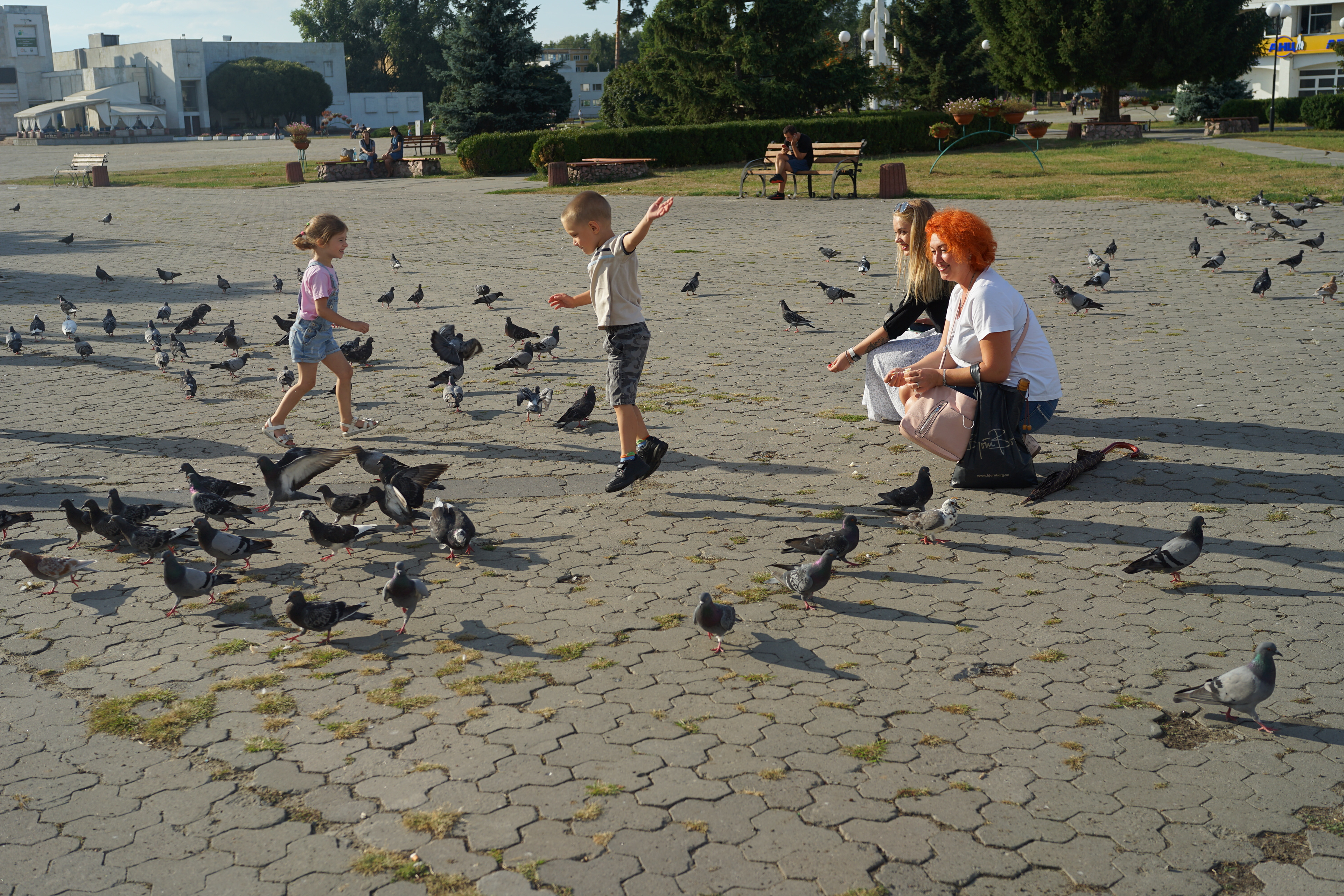
Photo: Caden A. Wait

Photo: Polina Koloskova

Photo: Polina Koloskova

Photo: Polina Koloskova

Photo: Polina Koloskova

Photo: Polina Koloskova

Photo: Eugenia Afanasyeva

Photo: Joonas Parviainen

Photo: Joonas Parviainen

Photo: Joonas Parviainen
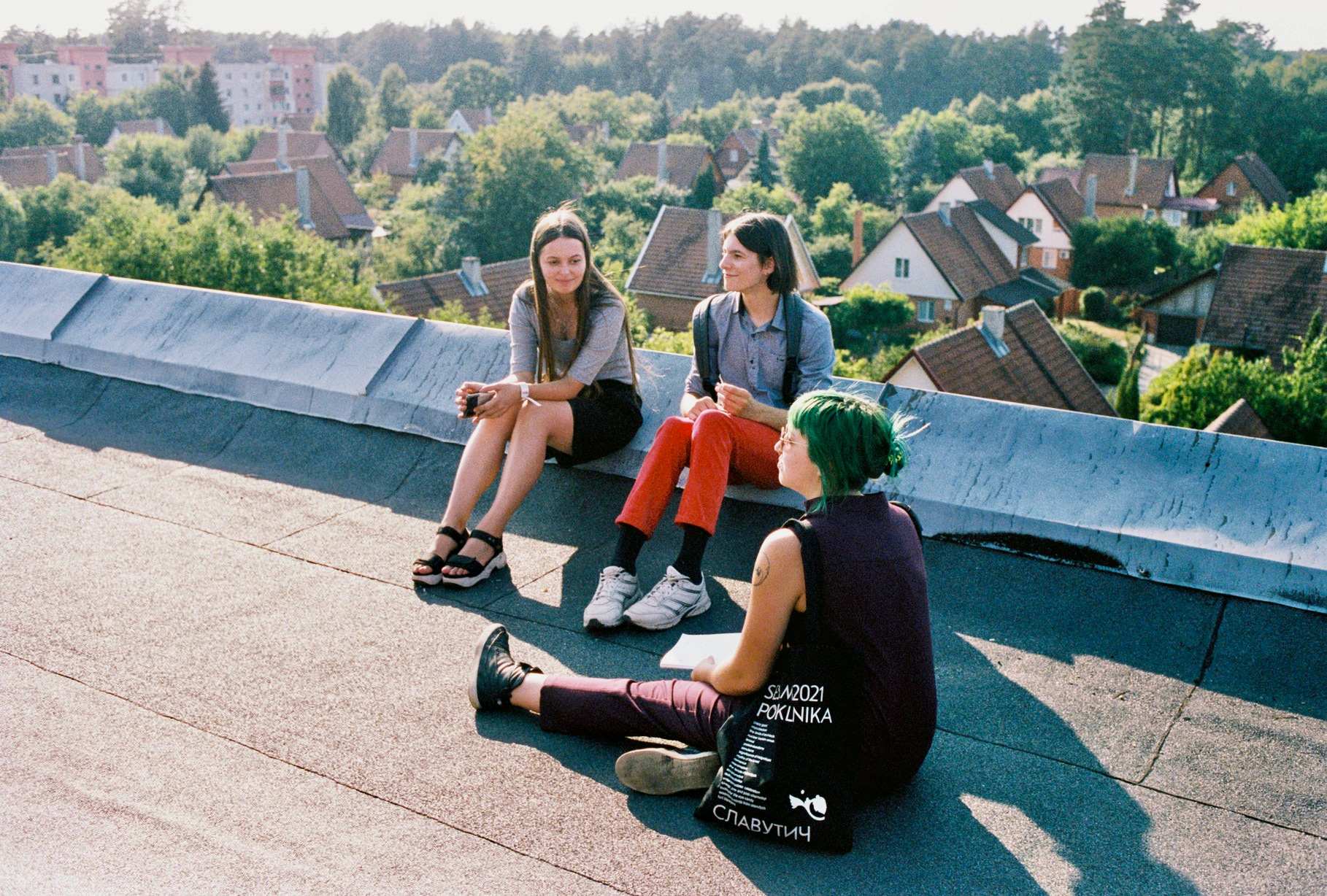
Photo: Joonas Parviainen

Photo: Joonas Parviainen

Photo: Joonas Parviainen
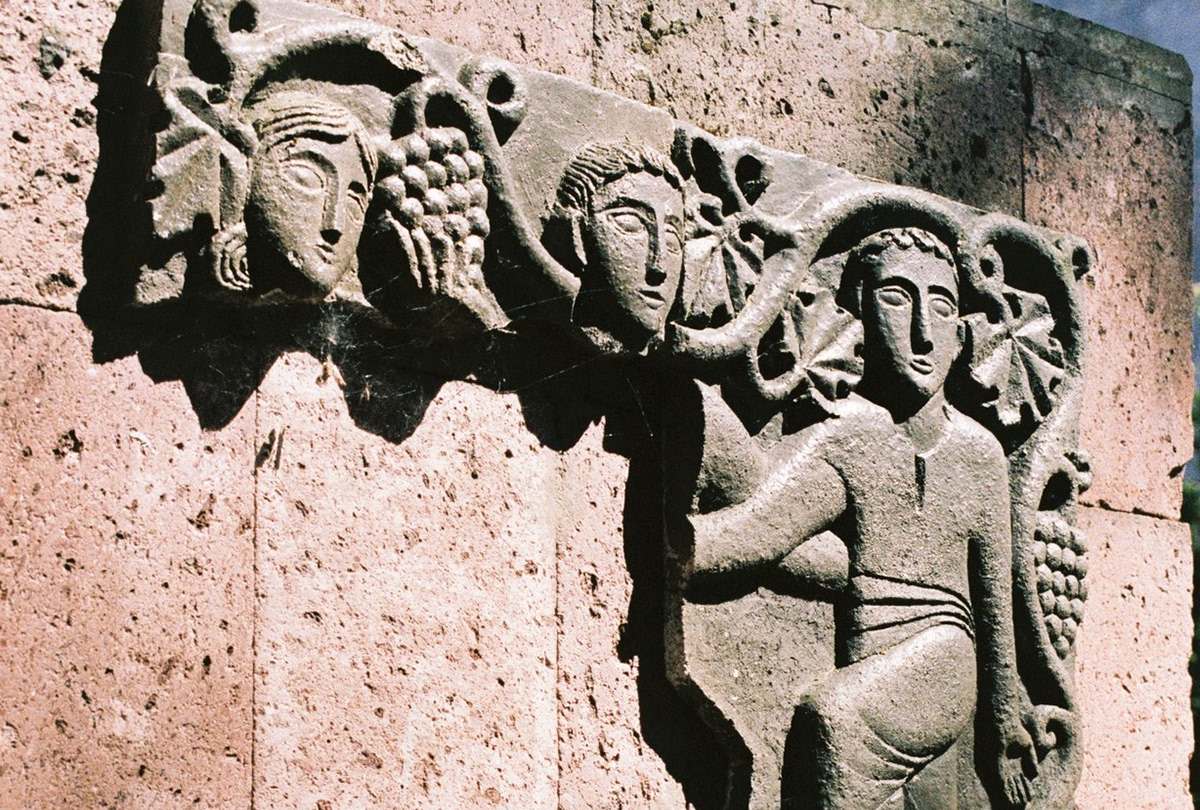
Photo: Joonas Parviainen

Photo: Joonas Parviainen

Photo: Joonas Parviainen

Photo: Joonas Parviainen

Photo: Joonas Parviainen

Photo: Joonas Parviainen
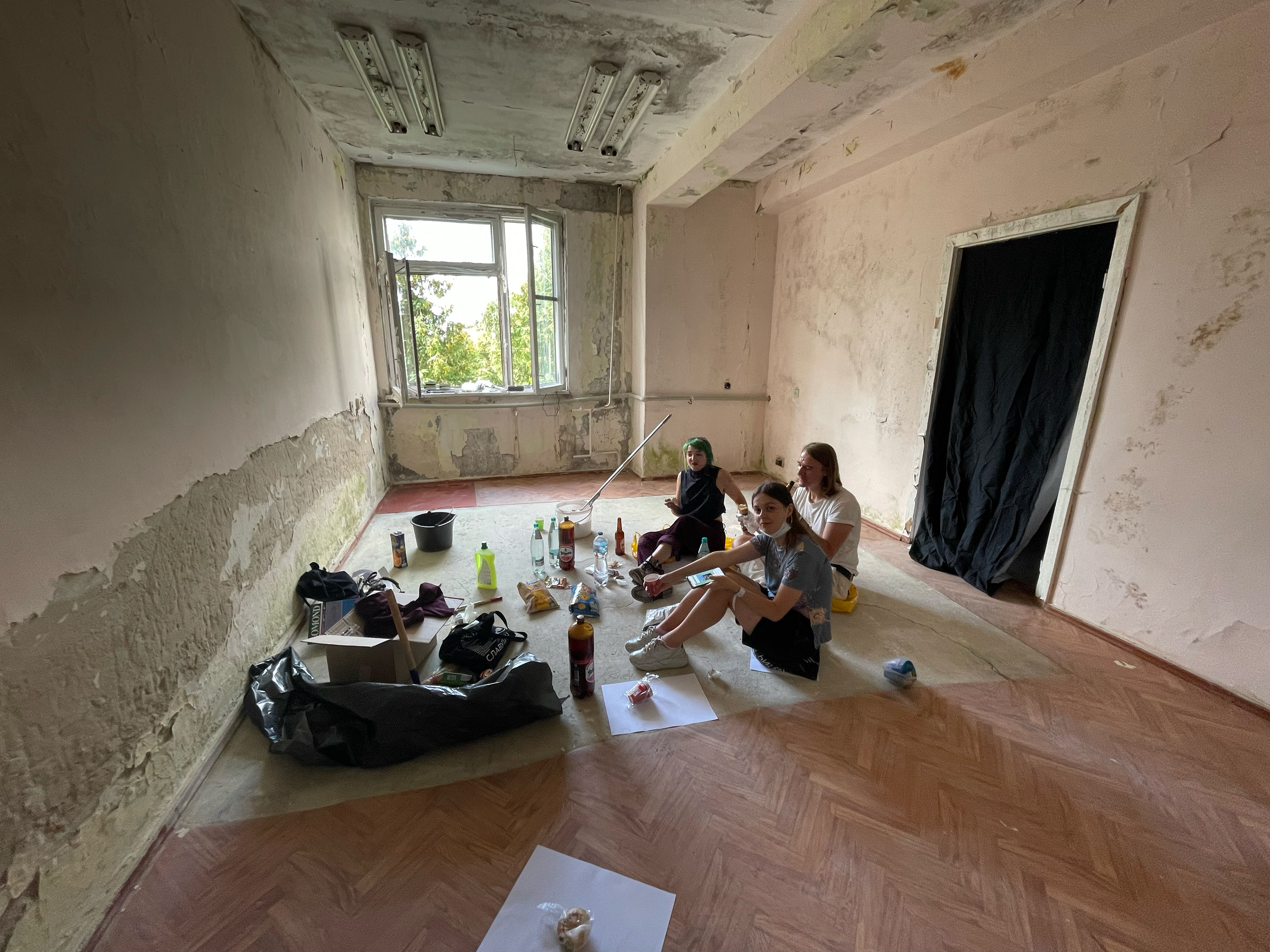
Photo: Alexandra Baidac
